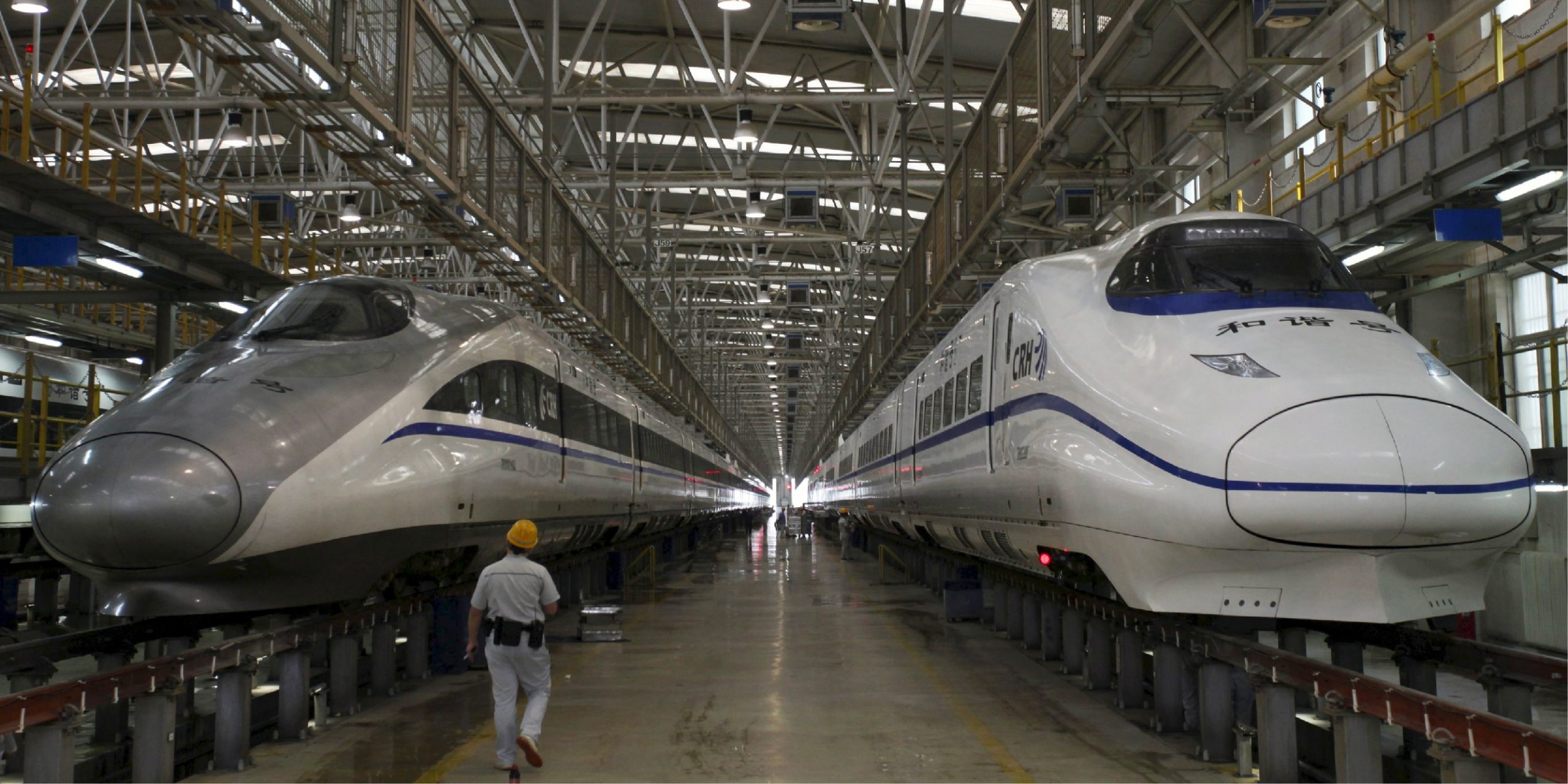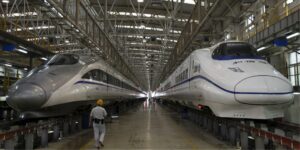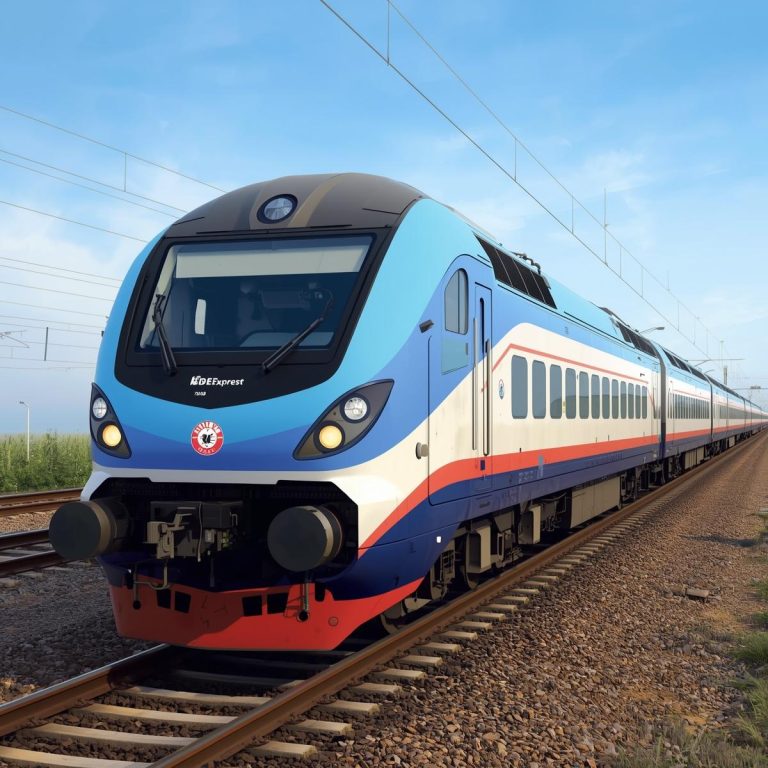
Under the SMART initiative, the four stations—Virar and Thane in Maharashtra, and Sabarmati and Surat in Gujarat—will be developed into dynamic activity hubs.

Source Image: https://marathon.in/infrastructure/the-mumbai-ahmedabad-bullet-train-corridor/
Four out of twelve stations have been selected for targeted upgrades under the SMART (Station Area Development) initiative in a bid to develop India’s first bullet train route between Mumbai and Ahmedabad. The stations identified for development are Virar and Thane in Maharashtra, and Sabarmati and Surat in Gujarat.
The SMART plan seeks to convert these stations into active centers by incorporating metro, bus, and taxi services to ensure seamless connectivity. This initiative aims to facilitate the transition between various modes of transport, thereby decreasing travel time, alleviating traffic congestion, and reducing pollution levels.
The SMART development places a strong emphasis on increased accessibility and convenience, which makes commuting easier for commuters. The project adheres to Transit-Oriented Development (TOD) concepts in order to promote the economic development surrounding these stations.
Under TOD, a variety of land uses, such as offices, lodging, healthcare facilities, and educational institutions, will be created in the neighborhoods around each station and will all be accessible by foot.
The goal is to establish thriving, self-sufficient urban ecosystems that will support neighborhood companies, generate employment, and boost the local economy.
“In order to enhance accessibility and convenience of commuters and stakeholders and to promote economic activities around the stations, the surrounding areas of Bullet Train stations are planned to be developed in accordance with the policies of TOD,” stated in a formal declaration by the National High Speed Rail Corporation Limited (NHRCL).
Commuter infrastructure, including parking, plazas for passengers, and places to pick up and drop off, will be the first focus of the development phase. Phase two will see the expansion of development to encompass an area of 500 meters surrounding each station, with the municipal master plans being revised to accommodate the required infrastructure upgrades.
Sustainable, thriving communities will spring up around each station as development extends to an 800-meter radius over the following decade. The stations and surrounding areas will be managed by the National High Speed Rail Corporation Limited (NHSRCL), while the construction of additional infrastructure in the surrounding area over the next 10 to 20 years will be overseen by local and state authorities.
Important thing to know are given below
Area of 800 square meters divided According to the reports, these stations will be operational under Area 2 within the next ten years. The officials will concentrate on the improvement of road connectivity and the construction of supporting infrastructure in the vicinity of the station. The state government, in collaboration with urban development and municipal planning authorities, will lead development initiatives in the surrounding area over the next 10 to 20 years following the station’s launch.
|



